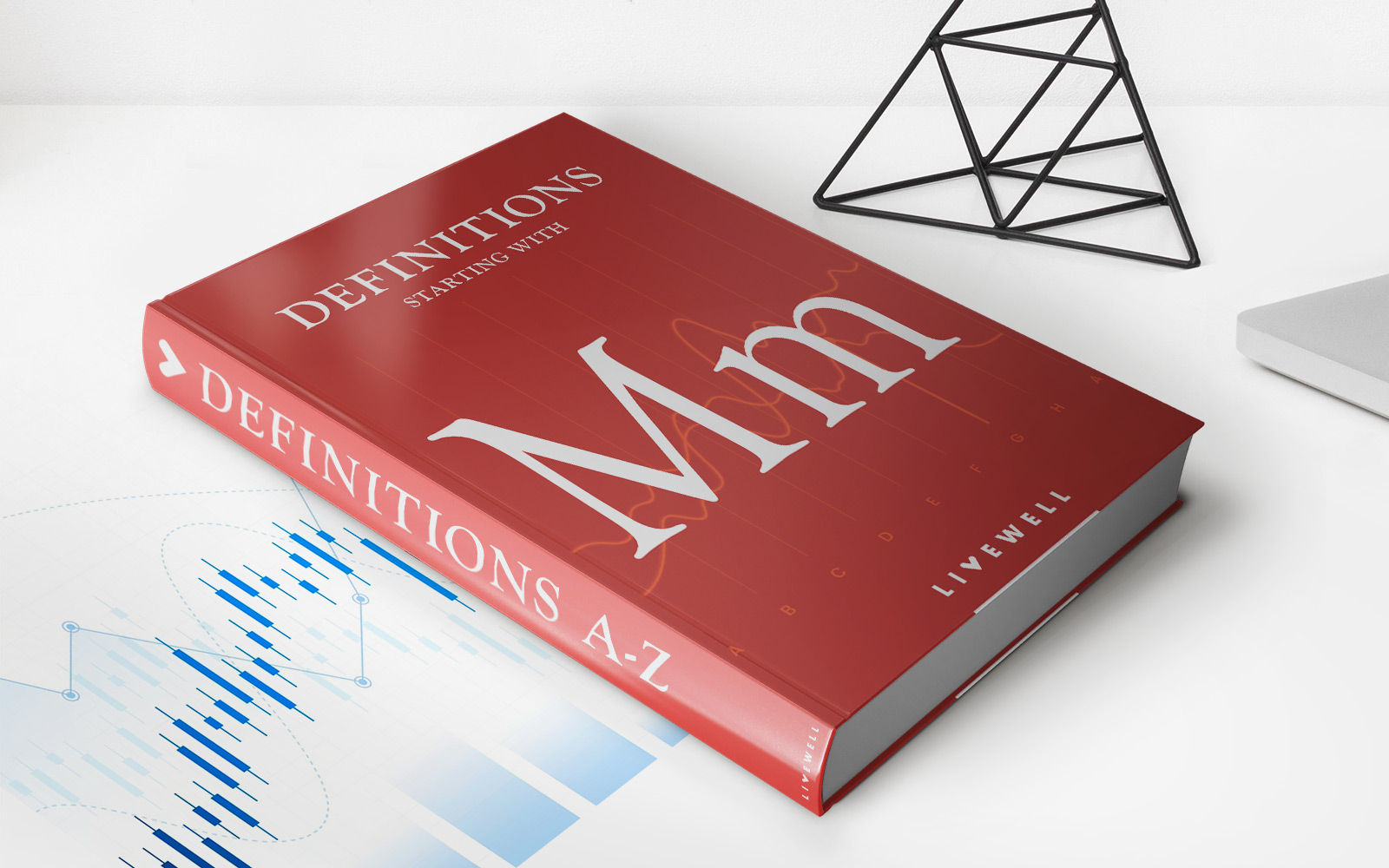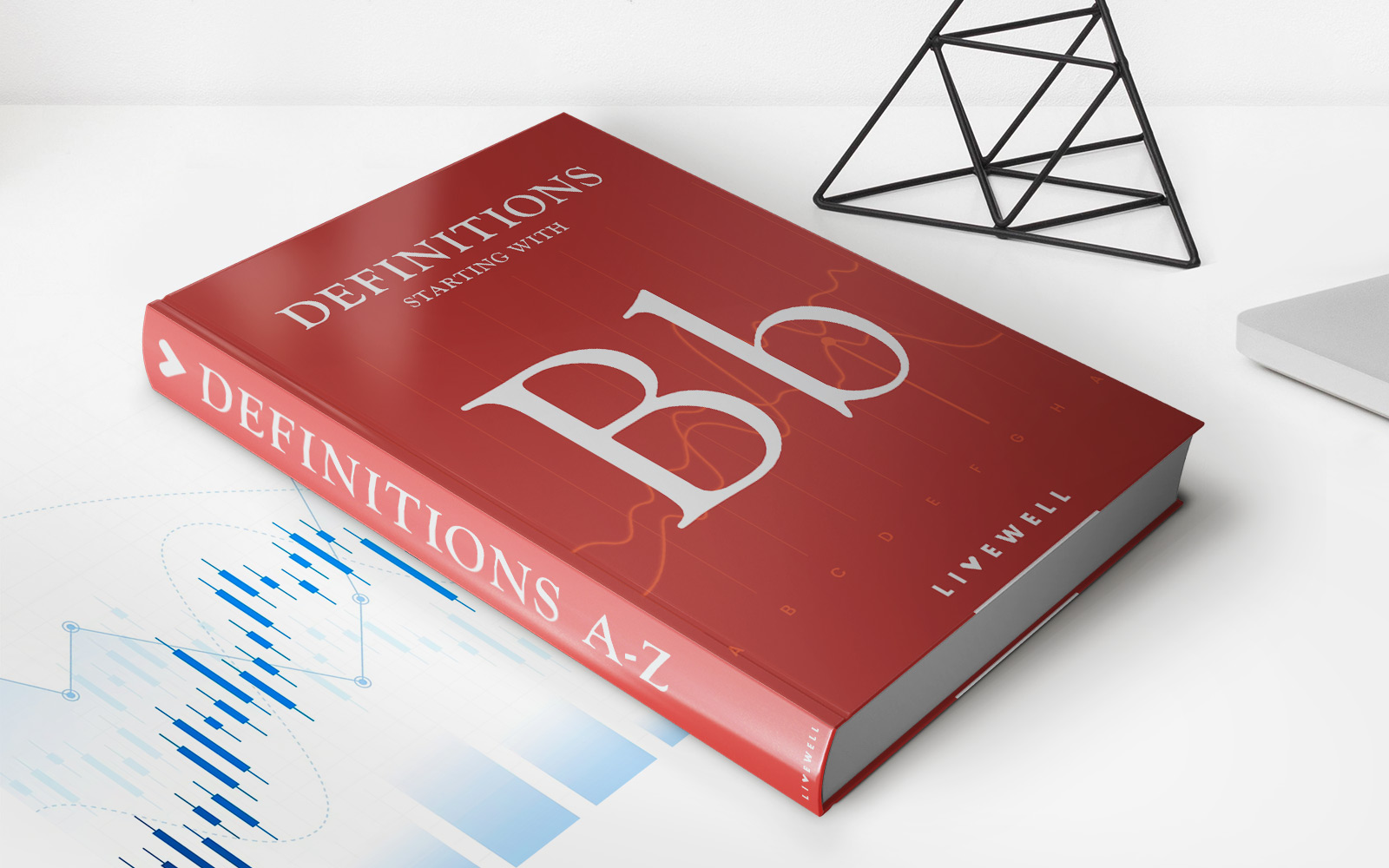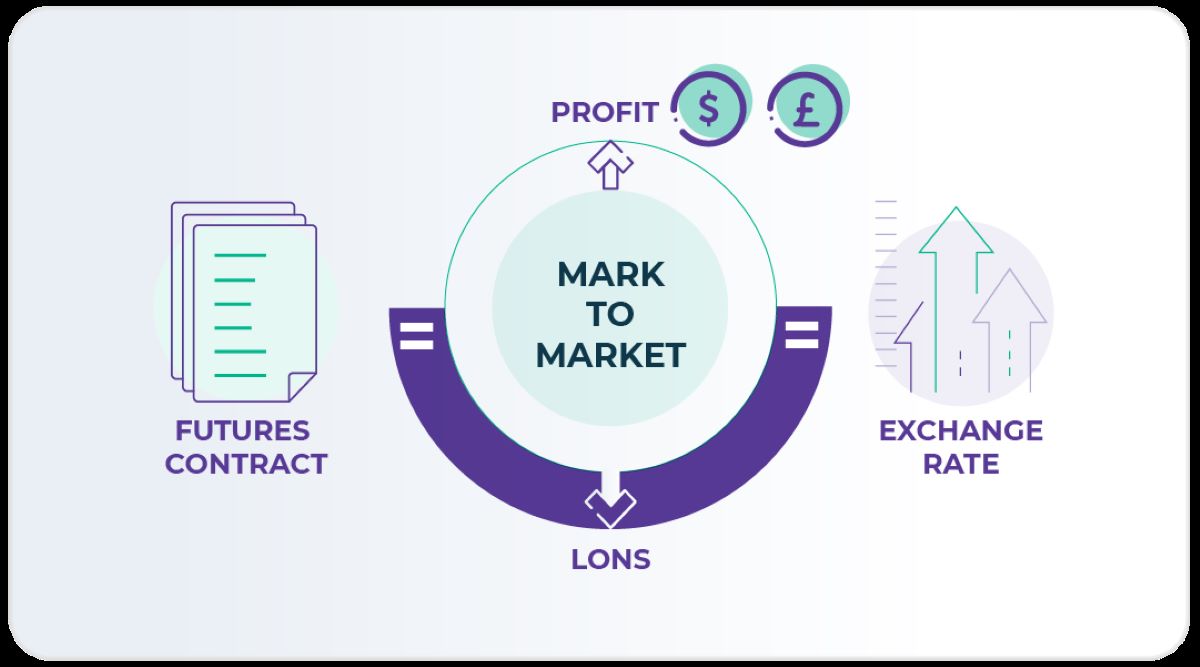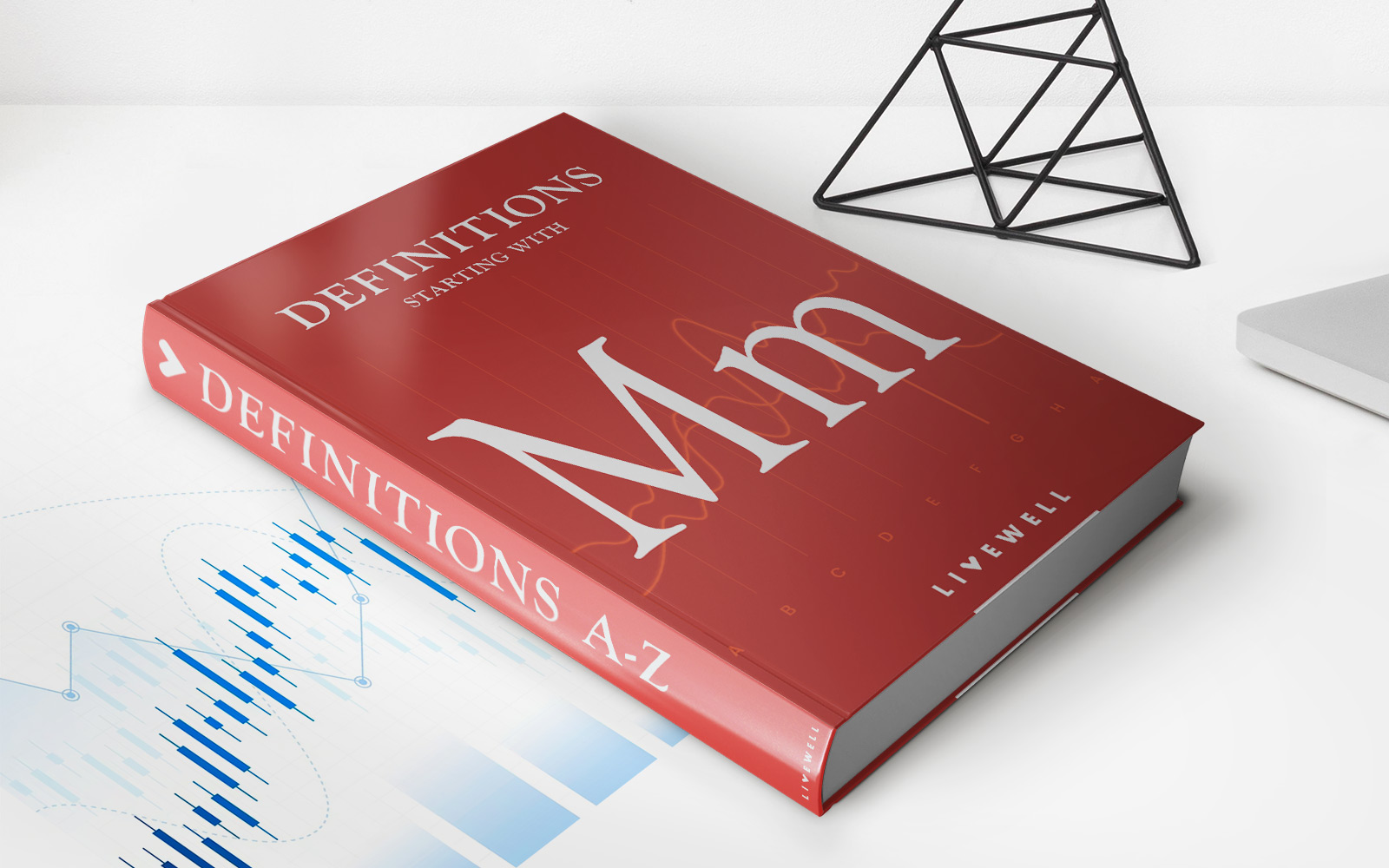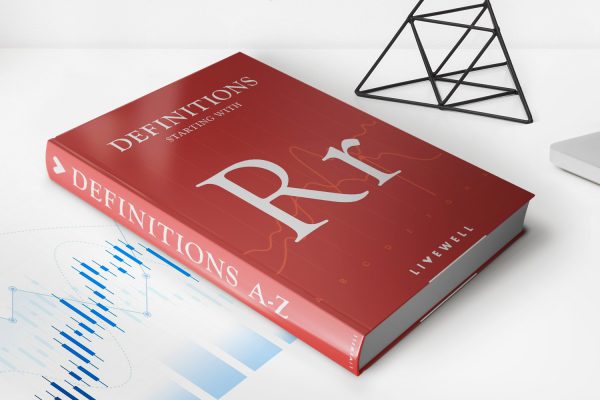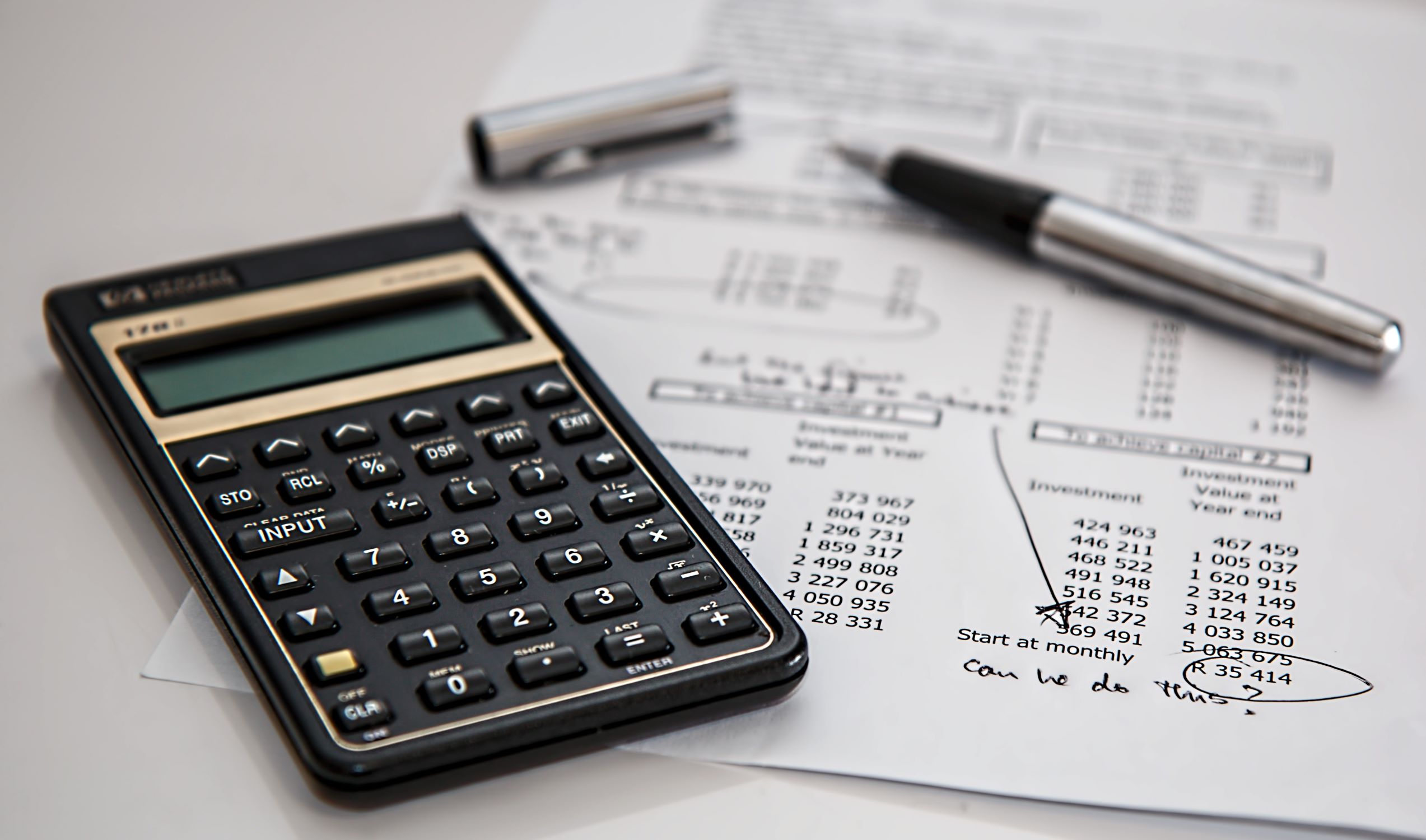

Finance
What Is Mark To Market Accounting
Published: October 12, 2023
Learn about mark to market accounting in finance and its importance in evaluating the current value of assets and liabilities. Discover how this accounting method can impact financial reporting.
(Many of the links in this article redirect to a specific reviewed product. Your purchase of these products through affiliate links helps to generate commission for LiveWell, at no extra cost. Learn more)
Table of Contents
- Introduction
- Definition of Mark to Market Accounting
- History and Evolution of Mark to Market Accounting
- Purpose and Benefits of Mark to Market Accounting
- Application of Mark to Market Accounting
- Criticisms and Limitations of Mark to Market Accounting
- Comparison to Other Accounting Methods
- Examples of Mark to Market Accounting in Practice
- Conclusion
Introduction
In the world of finance and accounting, various methods are employed to measure and report the financial performance and position of companies. One such method is mark to market accounting, which has gained significant importance in recent years. Mark to market accounting is a practice that involves valuing assets and liabilities based on their current market value rather than their historical cost.
This method is widely used in the financial industry, especially in areas where the value of assets and liabilities can fluctuate frequently, such as securities trading or derivative transactions. By adopting mark to market accounting, companies and investors can provide a more accurate and up-to-date picture of their financial status, which is particularly relevant in today’s dynamic and volatile markets.
Mark to market accounting provides a standardized approach to valuing financial instruments and allows for more transparency in financial reporting. By providing real-time valuations, it enables investors and stakeholders to make informed decisions and assess the potential risks and rewards associated with their investments.
In this article, we will explore the concept of mark to market accounting in more detail, including its definition, history, purpose, application, criticisms, and examples in practice. By understanding the fundamentals of mark to market accounting, you will gain insight into a crucial aspect of modern finance and the role it plays in financial reporting and decision-making.
Definition of Mark to Market Accounting
Mark to market accounting, also known as fair value accounting, is a method of valuing assets and liabilities based on their current market prices. Instead of relying on historical cost, mark to market accounting involves revaluing financial instruments to reflect their current fair market value. This approach is particularly relevant for assets and liabilities that are traded on a regular basis and subject to frequent valuation fluctuations.
Under mark to market accounting, the value of an asset or liability is adjusted regularly to reflect changes in market conditions. This ensures that the financial statement reflects the most up-to-date value of the asset or liability, providing a more accurate representation of the company’s financial position. The adjustments are recorded on the balance sheet, income statement, or statement of comprehensive income, depending on the nature of the financial instrument.
The mark to market accounting process involves assessing the current market prices of assets and liabilities through reliable sources such as active market transactions or observable market data. It also takes into account factors such as liquidity, credit risk, and other relevant market conditions. The resulting fair value is then used to determine the value of the financial instrument on the company’s financial statements.
It is important to note that mark to market accounting is primarily used for financial instruments that are held for trading purposes or classified as available for sale. It is not applicable to long-term investments or assets that are held for the purpose of generating income or strategic use.
Overall, mark to market accounting provides a more accurate and transparent representation of a company’s financial position by valuing assets and liabilities based on their current market value. It reflects the dynamic nature of financial markets and allows investors and stakeholders to analyze the true economic value of the company’s financial instruments.
History and Evolution of Mark to Market Accounting
The origins of mark to market accounting can be traced back to the late 1970s when it was first introduced in the United States as part of the Financial Accounting Standards Board’s (FASB) initiatives to improve the transparency and accuracy of financial reporting. The practice gained significant attention and adoption following the global financial crisis in 2008, which exposed the limitations of traditional accounting methods in capturing the true value of financial assets and liabilities.
Prior to the implementation of mark to market accounting, companies primarily relied on historical cost accounting, where assets and liabilities were recorded at their original acquisition cost. However, this approach did not adequately account for the fluctuating market values of financial instruments, leading to outdated valuations and potentially misleading financial statements.
The growing complexities of financial markets and the increasing prevalence of trading activities necessitated a more accurate and dynamic valuation method. Mark to market accounting emerged as a solution to address the limitations of historical cost accounting and provide a more realistic portrayal of a company’s true financial position.
The adoption of mark to market accounting gained momentum with the implementation of International Financial Reporting Standards (IFRS), which emphasizes fair value measurements and disclosures. IFRS requires companies to report their financial instruments at fair value, encouraging the use of mark to market accounting to reflect the current market conditions.
The evolution of technology and improved access to real-time market data further facilitated the implementation of mark to market accounting. With the availability of sophisticated pricing models and risk management tools, companies can efficiently and accurately value their financial instruments on an ongoing basis.
Despite its advantages, mark to market accounting has faced criticism, particularly in times of extreme market volatility. During periods of financial distress and market downturns, mark to market accounting can lead to significant fluctuations in reported earnings and the potential creation of unrealized gains or losses. This can impact market confidence and exacerbate market downturns.
In response to these concerns, regulatory bodies have introduced certain adjustments and exceptions to mark to market accounting, such as allowing companies to use amortized cost or hold-to-maturity values for certain long-term investments. These adjustments aim to strike a balance between accurate reporting and preventing excessive market instability.
Overall, mark to market accounting has evolved over time to address the shortcomings of historical cost accounting and provide a more accurate and transparent valuation of financial instruments. Its adoption is driven by the need for real-time information in an increasingly complex and dynamic financial landscape.
Purpose and Benefits of Mark to Market Accounting
The purpose of mark to market accounting is to provide a more accurate and transparent representation of a company’s financial position by valuing assets and liabilities at their current market value. This method offers several benefits to both companies and stakeholders, enhancing financial reporting and decision-making processes.
One of the key benefits of mark to market accounting is its ability to reflect the true value of financial instruments. By using current market prices, mark to market accounting eliminates the distortions caused by outdated valuations based on historical cost. This allows investors, creditors, and other stakeholders to obtain a more realistic assessment of a company’s financial health and potential risks associated with its investments.
Another advantage of mark to market accounting is its ability to provide timely and accurate information. The use of real-time market data in valuing assets and liabilities ensures that financial statements reflect the most up-to-date values. This is particularly important in volatile markets where asset prices can fluctuate rapidly. By adopting mark to market accounting, companies can provide stakeholders with the information they need to make informed decisions in real-time.
Mark to market accounting also promotes transparency and comparability across industries and companies. By using a standardized valuation method, financial statements become more consistent, enabling investors and analysts to compare the financial performance of different companies within the same industry. This promotes fair competition and facilitates the evaluation of investment opportunities.
Additionally, mark to market accounting enhances risk management. By valuing financial instruments at their current market values, companies can accurately assess their exposure to market fluctuations and potential losses. This allows them to implement appropriate risk mitigation strategies and make informed decisions regarding their investment portfolios.
The use of mark to market accounting also promotes investor confidence. By providing transparent and accurate financial information, companies can build trust and credibility with shareholders and potential investors. This can lead to increased investor interest, improved access to capital, and potentially lower financing costs for the company.
Ultimately, mark to market accounting facilitates better decision-making. By providing real-time valuations of assets and liabilities, companies can identify opportunities and risks more effectively. Whether it is assessing the profitability of a particular investment or determining the value of a derivative contract, mark to market accounting equips decision-makers with accurate and relevant information.
In summary, mark to market accounting serves the purpose of providing an accurate and transparent valuation of financial instruments. Its benefits include accurate asset and liability valuations, timely information, transparency, comparability, enhanced risk management, and improved decision-making. By adopting mark to market accounting, companies can improve their financial reporting and enable stakeholders to make more informed investment decisions.
Application of Mark to Market Accounting
Mark to market accounting is widely used in various sectors of the financial industry where the value of assets and liabilities can fluctuate frequently. Here are some key areas where mark to market accounting is commonly applied:
- Securities Trading: Mark to market accounting is extensively used in securities trading, such as stocks, bonds, and options. Traders and brokerage firms value their trading positions regularly based on the most recent market prices. This allows them to accurately track the profitability or losses of their trading activities and make informed decisions about their portfolios.
- Derivatives: Mark to market accounting is crucial for derivatives, which are financial instruments that derive their value from an underlying asset. Derivatives, such as futures contracts, options, and swaps, often involve complex financial structures and have values that are contingent on market conditions. By using mark to market accounting, companies can accurately measure the value of derivatives and manage the associated risks.
- Commodity Markets: Mark to market accounting is commonly used in commodity markets, where prices are subject to frequent fluctuations. Traders and companies involved in commodities, such as oil, gold, or agricultural products, rely on mark to market accounting to determine the current value of their commodity inventories and contracts.
- Foreign Exchange: Mark to market accounting is relevant in foreign exchange trading, where currencies are bought and sold based on exchange rates. Companies dealing with foreign currencies use mark to market accounting to value their foreign exchange positions and assess potential gains or losses due to currency fluctuations.
- Investment Portfolios: Mark to market accounting is employed by asset management firms and institutional investors to value their investment portfolios. By marking their holdings to the latest market prices, these entities can accurately report the value of their assets under management, allowing investors to track performance and make informed investment decisions.
It’s important to note that mark to market accounting may not be used universally in all financial transactions or industries. Depending on the specific circumstances and regulatory requirements, alternative accounting methods may be utilized, such as amortized cost accounting for non-trading assets and liabilities.
Overall, mark to market accounting plays a vital role in accurately valuing assets and liabilities in various financial sectors. Its application allows market participants, traders, investors, and regulators to have a real-time understanding of the financial positions and risks involved in different areas of the financial industry.
Criticisms and Limitations of Mark to Market Accounting
While mark to market accounting offers several benefits, it is not without its criticisms and limitations. Here are some of the key concerns surrounding the use of mark to market accounting:
- Volatility Amplification: One of the main criticisms of mark to market accounting is that it can amplify market volatility. During periods of market distress or extreme fluctuations, mark to market valuations can lead to significant fluctuations in reported earnings. This can create a vicious cycle where falling asset prices trigger further selling and market instability.
- Subjectivity and Reliability: The process of determining market values for certain complex or illiquid assets can be subjective and may lack reliable market data. This can introduce challenges in accurately valuing these assets using mark to market accounting, potentially leading to discrepancies and less reliable financial statements.
- Short-term Focus: Mark to market accounting encourages a short-term focus, as it values assets and liabilities based on current market prices. This can lead to the neglect of long-term fundamentals and undermine the importance of sustainable growth and investment strategies.
- Lack of Historical Context: By valuing assets and liabilities solely based on current market values, mark to market accounting disregards the historical cost and context of these instruments. This can result in a loss of important information about the asset’s acquisition cost and its contribution to the entity’s long-term financial position.
- Absence of Cash Flow Consideration: Mark to market accounting focuses on the market value of assets and liabilities, which may not necessarily reflect the cash flow generated by these instruments. This can lead to discrepancies between reported values and the actual cash flow generated or required by the investments.
- Impact on Capital Adequacy: In regulatory frameworks that use mark to market accounting for capital adequacy calculations, the volatility caused by frequent revaluations can impact a company’s capital requirements. This can result in increased capital costs and potential constraints on the growth and expansion of businesses.
It is important to note that these criticisms and limitations do not render mark to market accounting inherently flawed. Rather, they highlight the complexities and potential pitfalls that arise when implementing this accounting method. Regulatory bodies and standard-setting organizations continuously strive to address these concerns and strike a balance between reflection of market values and the stability of financial markets.
Companies and investors should also consider these limitations when interpreting financial statements and making investment decisions. By understanding the potential biases and limitations of mark to market accounting, stakeholders can adopt a more holistic and informed approach to evaluating a company’s financial position and performance.
Comparison to Other Accounting Methods
Mark to market accounting is just one of several accounting methods used in financial reporting. Let’s compare mark to market accounting with two other commonly used methods: historical cost accounting and fair value accounting.
Historical Cost Accounting: Historical cost accounting is the traditional method where assets and liabilities are recorded on the balance sheet at their original acquisition cost. This method provides a stable and predictable valuation, as it does not consider changes in market conditions. However, it can lead to outdated and potentially misleading valuations, especially for assets that have significantly appreciated or depreciated since their initial purchase. Historical cost accounting is still used for certain long-term investments and non-trading assets.
Fair Value Accounting: Fair value accounting is similar to mark to market accounting in that it values assets and liabilities based on current market prices. However, fair value accounting allows for more flexibility in determining valuations. It takes into account different valuation techniques and considers factors such as liquidity and credit risk. Fair value accounting can provide a more accurate reflection of the economic value of financial instruments, but it requires more subjectivity in the valuation process and may introduce potential biases.
Compared to historical cost accounting, mark to market accounting and fair value accounting provide more up-to-date and relevant valuations. They capture the current market value of assets and liabilities, reflecting the dynamic nature of financial markets. However, mark to market accounting differs from fair value accounting in terms of the frequency of valuation updates and the strict reliance on current market prices.
Both mark to market accounting and fair value accounting offer more transparency and comparability across industries and companies. By using market-based valuations, they provide a more consistent approach to financial reporting, allowing investors and analysts to make meaningful comparisons and assessments. However, the subjectivity and reliance on market conditions in mark to market accounting can introduce additional complexities and potential biases.
Ultimately, the choice of accounting method depends on the nature of the assets and liabilities, the regulatory requirements, and the information needs of the users of financial statements. While mark to market accounting provides real-time valuations, its potential for market volatility amplification and the challenges in pricing illiquid assets should be carefully considered. Fair value accounting offers a middle ground, combining the current market-based approach with flexibility in determining valuations.
It is important to note that accounting standards and regulations continue to evolve, aiming to strike a balance between stability and relevance in financial reporting. As accounting practices develop, companies and stakeholders should stay informed about the different accounting methods and their implications on the interpretation of financial statements.
Examples of Mark to Market Accounting in Practice
Mark to market accounting finds practical application in various sectors and industries. Let’s explore a few examples of how this accounting method is used:
- Securities Trading: Mark to market accounting is widely used in securities trading, such as stocks and bonds. Traders and brokerage firms mark their trading positions to the current market prices to assess the profitability or losses of their positions. This enables them to monitor their trading activities in real-time and make informed decisions regarding their portfolios.
- Hedge Funds: Hedge funds frequently apply mark to market accounting to their investment portfolios. By valuing their holdings at the current market prices, hedge funds can accurately measure the performance and overall value of their investments. This allows them to calculate accurate management fees and evaluate the success of their investment strategies.
- Commodity Traders: Mark to market accounting is utilized by companies involved in commodity trading, such as oil, natural gas, or agricultural products. These companies regularly revalue their inventory based on the prevailing market prices to accurately reflect the current value of their commodities. This practice allows them to assess the profitability of their commodity operations and manage the associated risks.
- Investment Portfolios: Asset management firms and institutional investors employ mark to market accounting to value their investment portfolios. By marking their holdings to the most recent market prices, these entities can accurately report the fair value of their assets under management. This enables investors to assess the performance of their investments and make informed decisions regarding their portfolios.
- Derivatives Trading: Mark to market accounting is essential in derivatives trading. Derivatives, such as futures contracts and options, derive their value from an underlying asset. Market participants consistently assess the market value of these derivatives based on current market prices, allowing them to monitor their positions and manage the associated risks effectively.
It is worth noting that the application of mark to market accounting may vary depending on regulatory requirements and the specific characteristics of the financial instruments being valued. Additionally, companies may combine mark to market accounting with other valuation methods for different categories of assets and liabilities within their financial statements.
By adopting mark to market accounting in these and other scenarios, companies and investors can benefit from more accurate and up-to-date information about the value of their financial instruments. This allows them to make informed decisions, manage risks effectively, and enhance transparency in their financial reporting practices.
Conclusion
Mark to market accounting is a valuable method in financial reporting that provides a more accurate and transparent reflection of the current market value of assets and liabilities. By valuing financial instruments based on real-time market prices, companies can effectively assess their financial positions and make informed decisions.
This article explored the definition, history, purpose, application, criticisms, and examples of mark to market accounting. We discussed how mark to market accounting emerged as a response to the limitations of historical cost accounting and the need for real-time information in a dynamic financial landscape.
Mark to market accounting offers numerous benefits, including accurate asset and liability valuations, timely information, transparency, comparability, enhanced risk management, and improved decision-making. However, criticisms and limitations also exist, such as the potential amplification of market volatility and the subjectivity in calculating valuations for certain complex assets.
It is important for companies and stakeholders to understand the advantages and limitations of mark to market accounting, as well as how it compares to other accounting methods like historical cost accounting and fair value accounting. The choice of accounting method depends on the nature of the assets and liabilities, regulatory requirements, and the information needs of users of financial statements.
In conclusion, mark to market accounting has become an essential tool in financial reporting, allowing for real-time valuation of assets and liabilities and providing a more accurate and transparent representation of a company’s financial position. By embracing mark to market accounting and its principles, companies can facilitate better decision-making, enhance investor confidence, and navigate the complexities of today’s financial markets.
